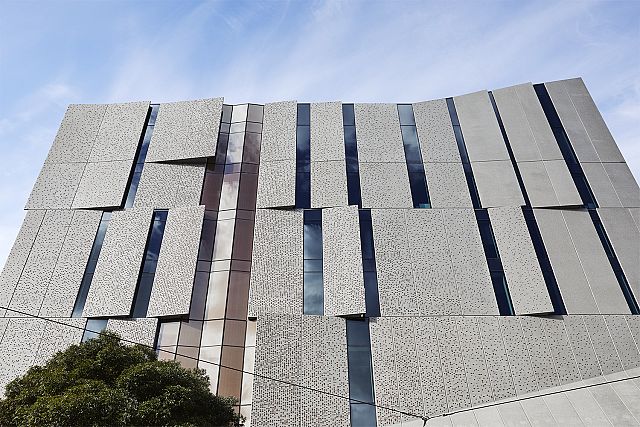
A building such as the Ian Potter Southbank Centre (IPSC), home of the Melbourne Conservatorium of Music, by John Wardle Architects is often defined by its vital statistics. Eight levels, 6,550m2 of useable floor area, accommodating 1,000 music students, with a 400-seat auditorium and 200-seat ground floor studio – while impressive, such numbers cannot capture the remarkable generosity of the building whose design is grounded in encouraging artistic and social interaction.
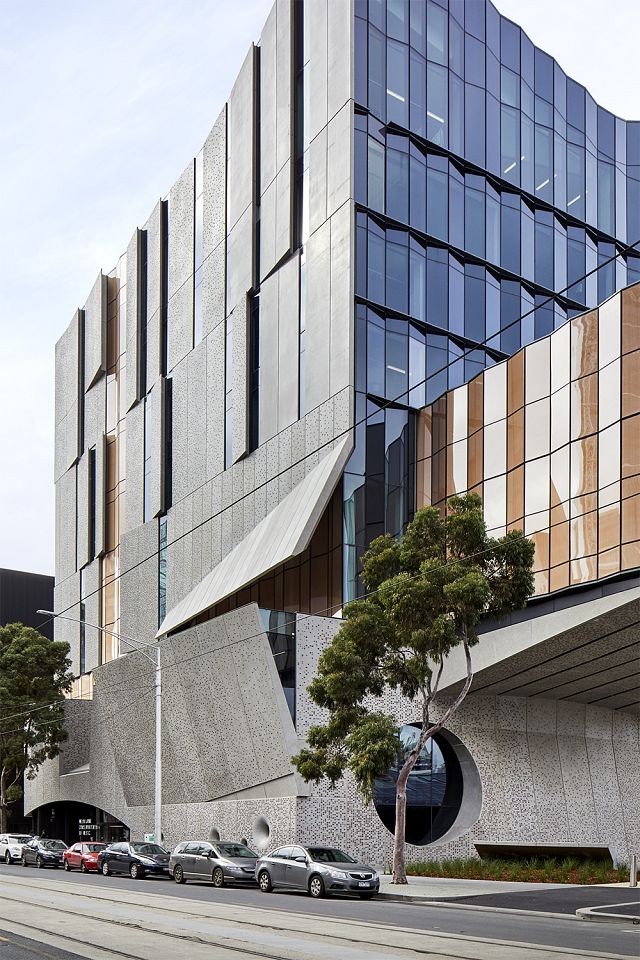

“We were inspired by the ambitions of the Conservatorium,” says lead project architect Kah-Fai Lee. The John Wardle project team saw the IPSC as a “unique opportunity to align quality learning and teaching outcomes with an innovative approach to a tailored built environment.” The result is a building that, while its pre-cast concrete forms convey an appropriate grandeur and gravitas, is designed to engage and inspire at the human scale.
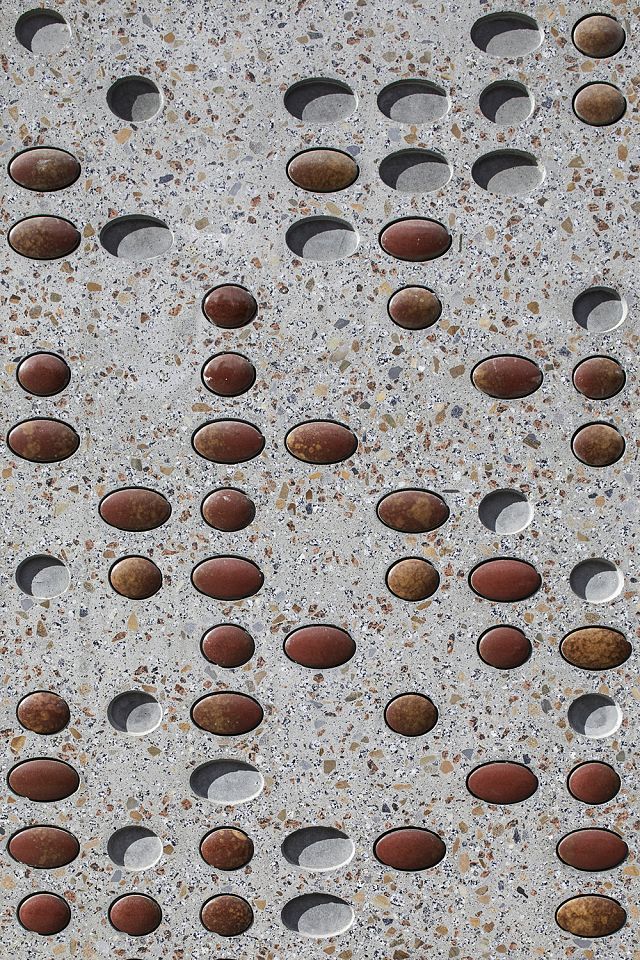
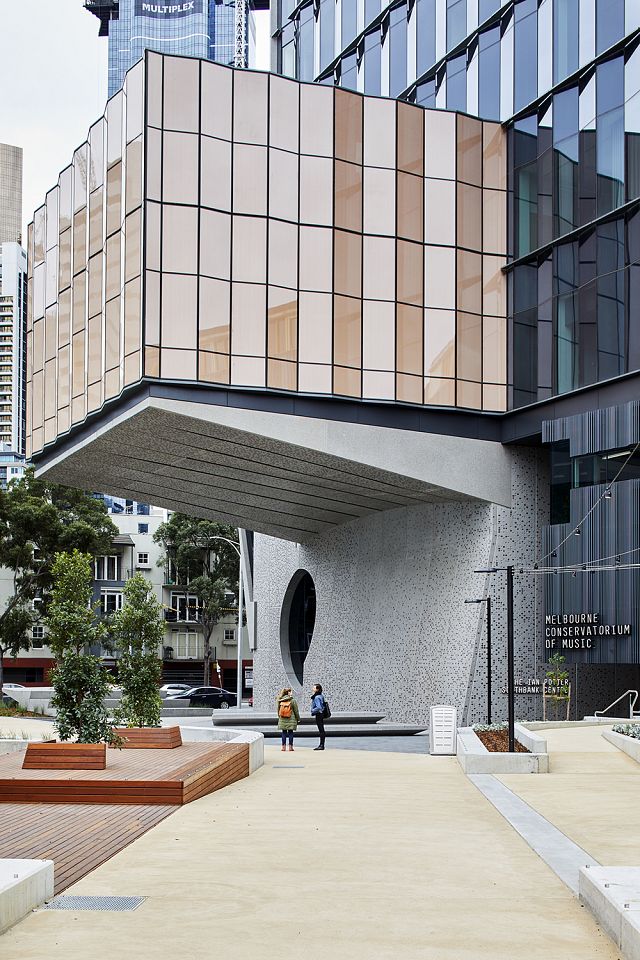
From the tactility of the 66,000 handmade Japanese egg-shaped tiles, made by Inax and supplied by Artedomus, that prompt one to reach out and touch the smooth, rhythmic surface to the carefully-positioned apertures that provide a glimpse into the inner workings of the rehearsal and performance process, the design seeks to create connection. Musicians, audience members and the passing public alike are invited to participate, however briefly, in the many aspects of the act of making and sharing music that gives the building its meaning.
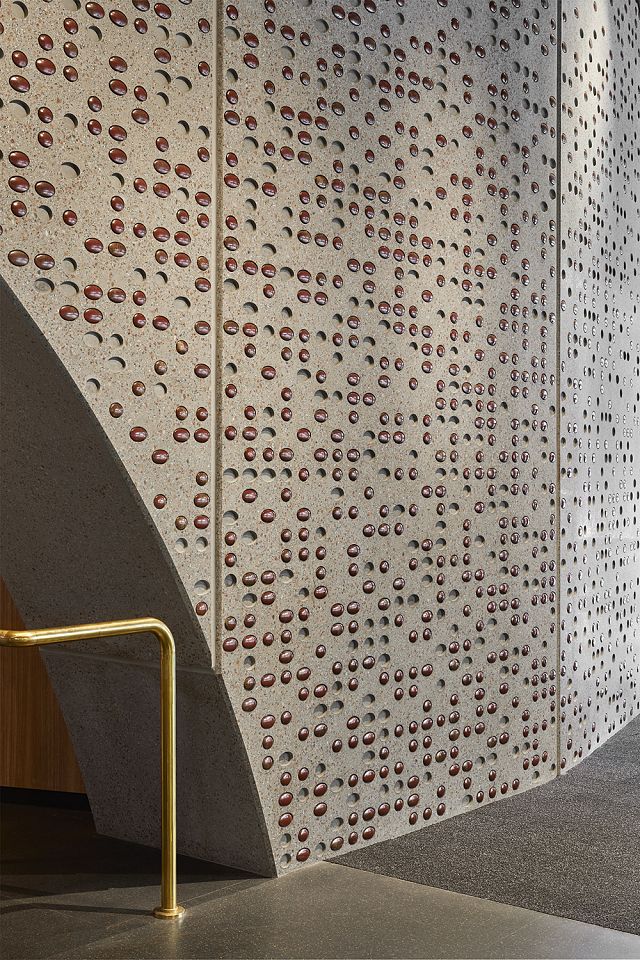
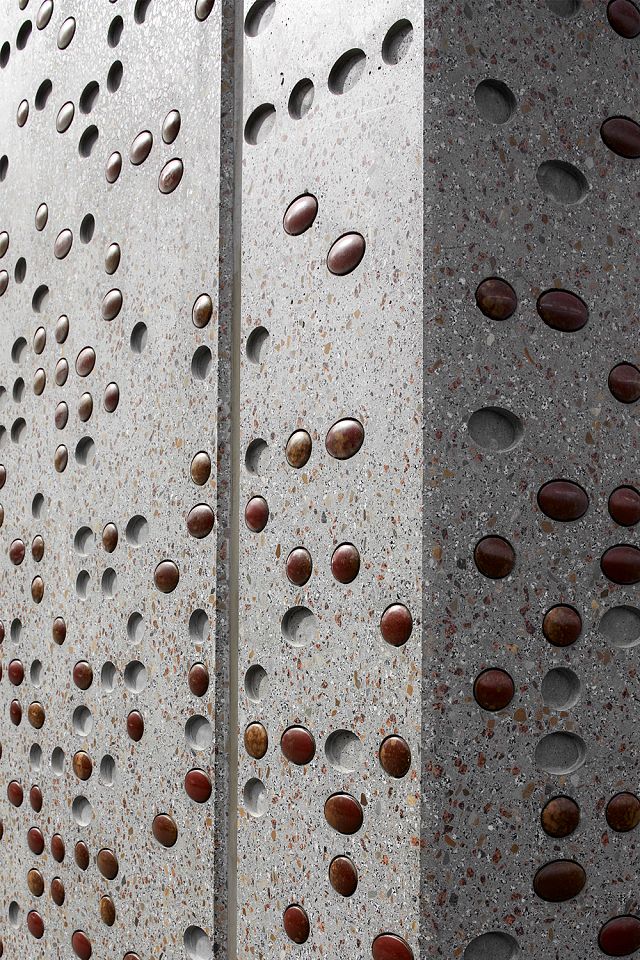
“Our design strategies respond to the philosophy of creating a conservatorium of music that is outward focused and inviting to the University [of Melbourne] and the wider community,” reflects Kah-Fai. “There are many opportunities inside and out to see into the building and the performance spaces – viewing balconies, windows and portholes,” he continues. “The Conservatorium balances the singular focus required of students with the camaraderie of engaging with others. The building is a place to rub shoulders with fellow music students, and the artistic milieu of the wider campus and precinct.”

At eye-level with the street outside, punctuated portholes offer a glimpse into an orchestral rehearsal space, while at other points, the concrete skin of the building is pulled away to hint at the immense energy and activity within. The largest of the apertures, however, is a six-meter diameter operable oculus in the Kenneth Myer Auditorium. A rolling mechanism that opens and closes the oculus is operated from within the building, creating an awe-inspiring sight as sunlight begins to permeate the space from outside.


Materiality is key to both the building’s approachability and to the numerous musical references that are woven throughout the design. The Sturt Street façade is studded with hand-made ceramic tiles; “fixed to a pattern evocative of musical notation, the façade beckons to be touched,” says Kah-Fai. “The pattern and order of the tiles highlights features of the building internally, the concentrated nodes are activity spaces within the building, emphasising social hubs and performance spaces.”
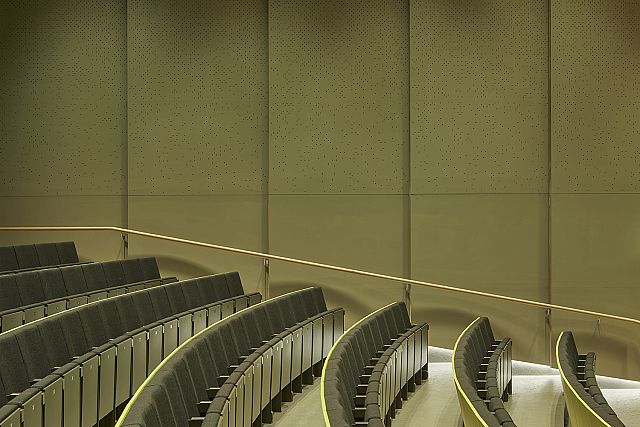
John Wardle Architects worked closely with Artedomus, who supplied the tiles made by Japanese manufacturers Inax – a company that began when Frank Lloyd Wright commissioned tiles for his Imperial Hotel in Tokyo. “Artedomus facilitated the procurement of the tiles, acting as intermediary between the construction team, the factory in Japan, the sub-contractors on site and ourselves,” explains Kah-Fai. “Their unwavering commitment to the finished building has been an assuring part of this process.”
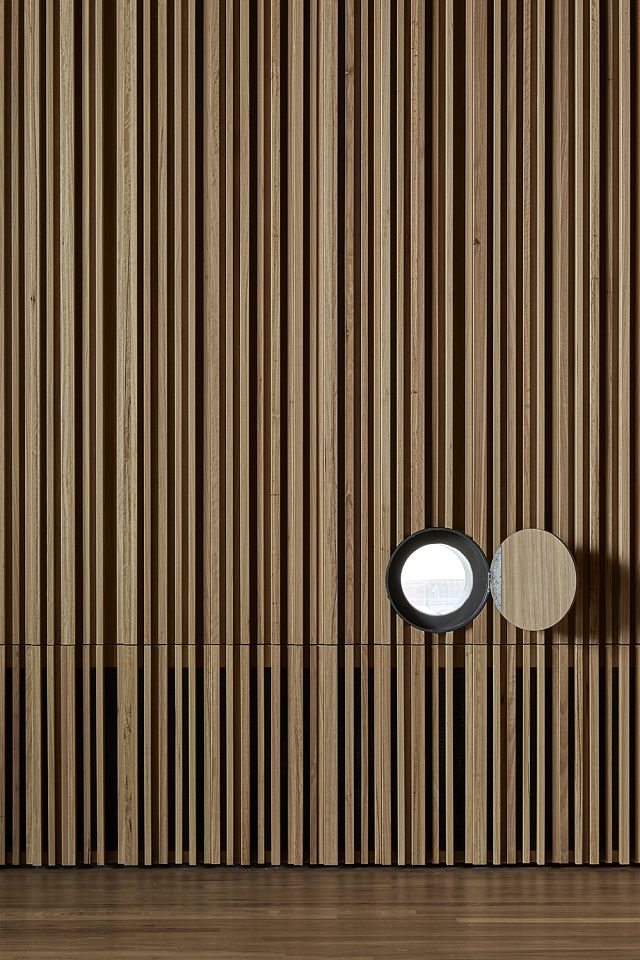
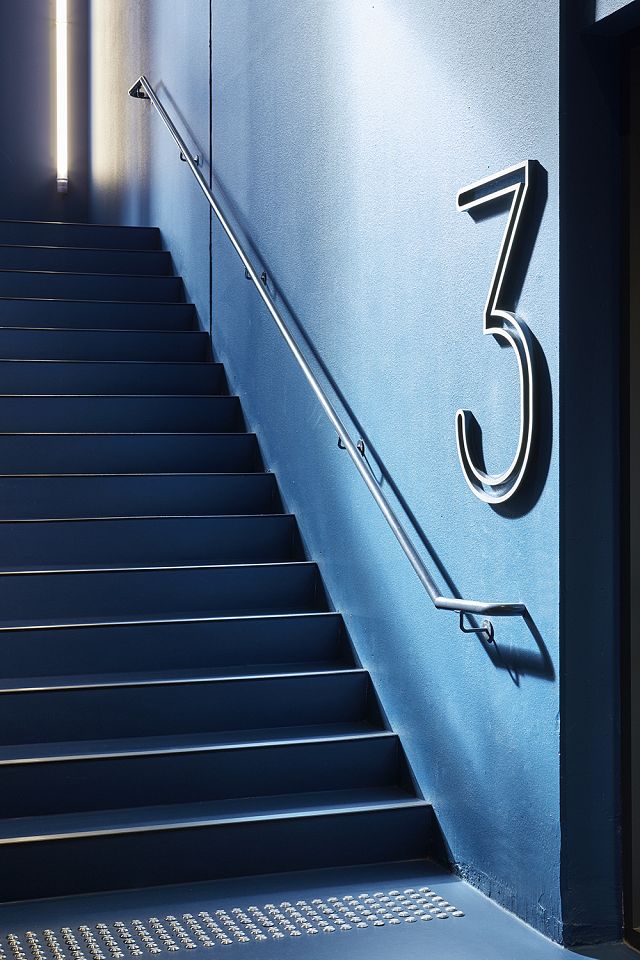
In the face of the colossal concrete, the small, organic tiles provide a minute point of connection, even recognition, for those who encounter the building. “As architects, we are fascinated with the handmade and the traditions that go along with the making of these things,” reflects Kah-Fai. “We attempted to make the seemingly monumental more meaningful by using a small handmade tile,” he continues. “Their scale is something we can hope others can connect to. There are echoes of the brick heritage buildings on the site, in the colour and texture of these tiles.”
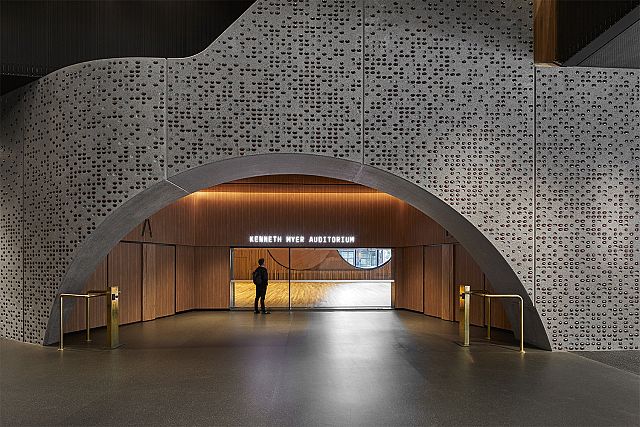
The gesture of the tiled concrete draws visitors in, with the Inax tiles continued into the main foyer. Moving further inside the building, timber panelling is refined yet simultaneously warm and familiar. In another musical reference, taut wires of the stair balustrade are reminiscent of harp strings, an aesthetic reminder of the primary functional purpose for which the building is designed: to create the ideal acoustics for creating and listening to music.
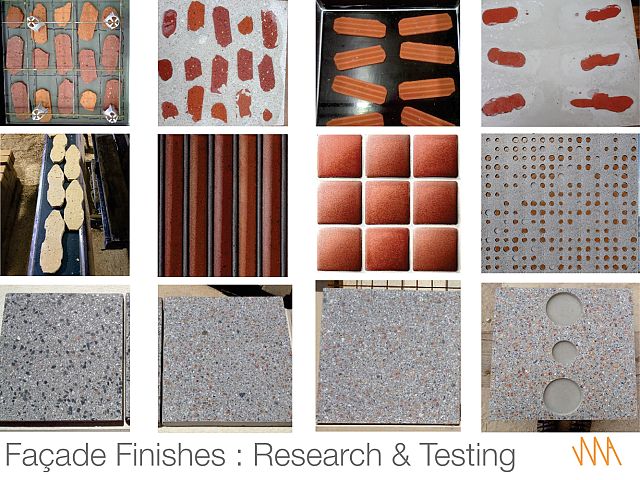

To achieve the complex acoustic requirements of the building John Wardle Architects engaged Marshall Day to provide acoustic design services. “One of the main challenges we collaborated on was designing performance spaces that have a vibration isolated structures known as ‘box-in-box’ construction which voids the transfer of external noise into the space (such as trams outside the building), and the transfer of noise between spaces,” says Kah-Fai. “However, the Conservatorium aims to balance the acoustic environment through the building so that the sounds of learning and practice are able to permeate through into the common spaces.”
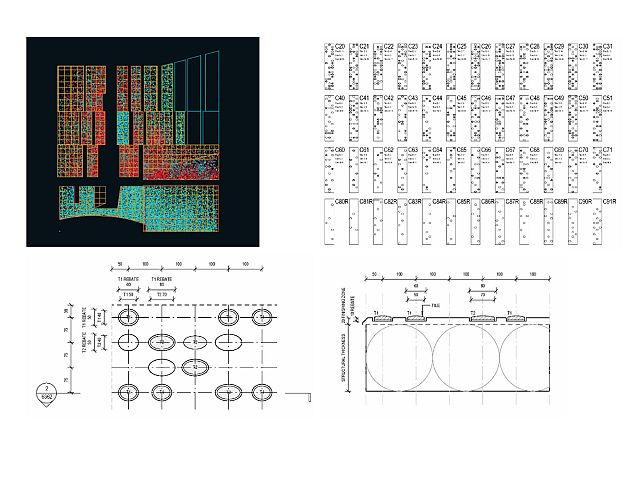
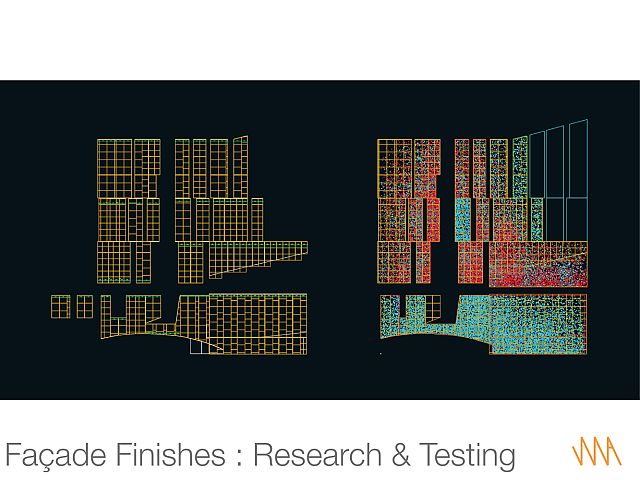
Encouraging both social and artistic engagement, the IPSC not only balances the very specific functional requirements of the building with the overarching ambitions of the project but actively weaves the two together. After all, it seems to say, the making and sharing of music is one of the most deep and ancient forms of human connection.
DESIGNER John Wardle Architects
PHOTOS Dave Kulesza
WORDS Rose Onans
This article originally featured on The Local Project.